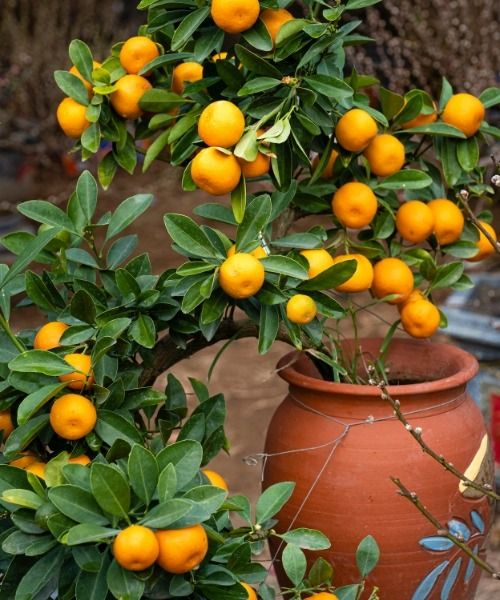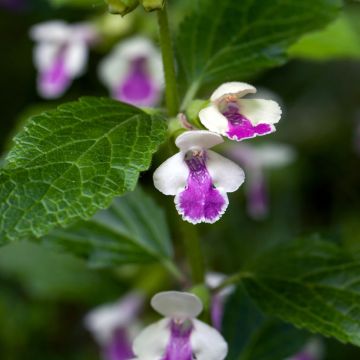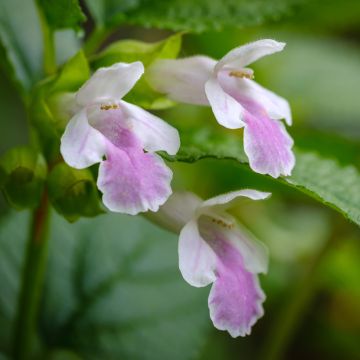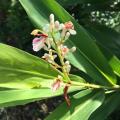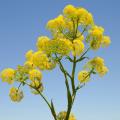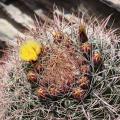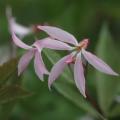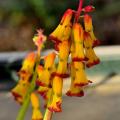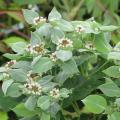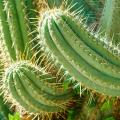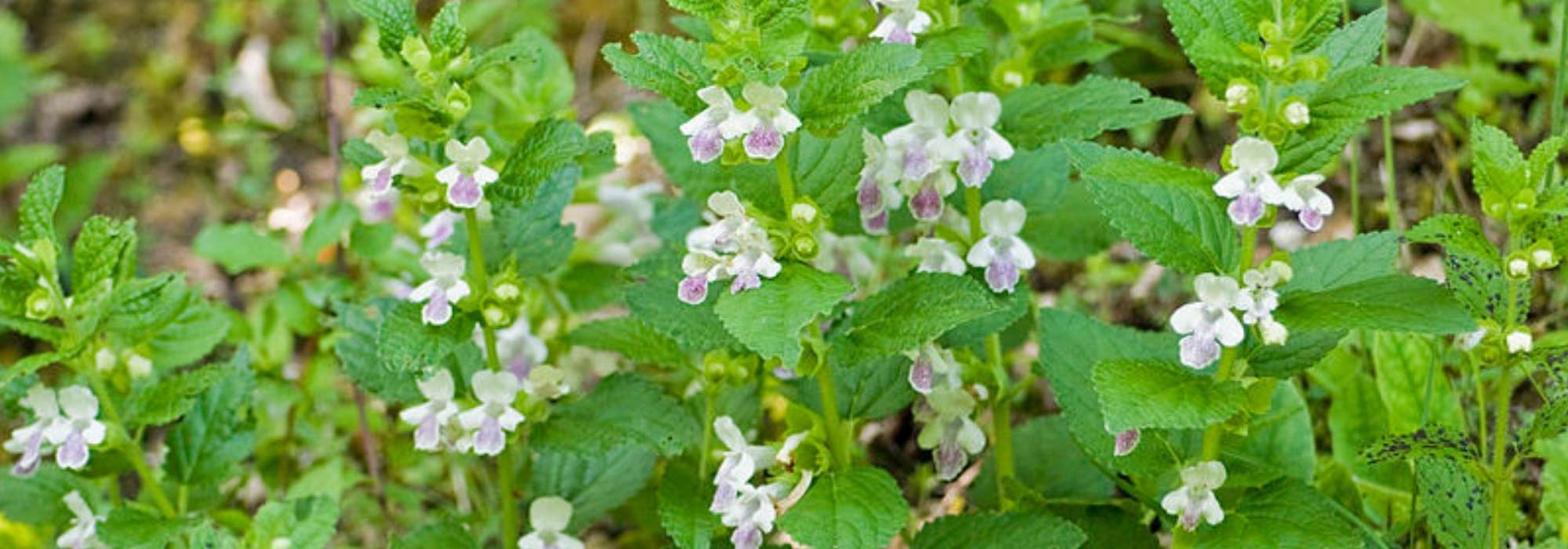Melittis
Would this plant suit my garden? Set up your Plantfit profile →
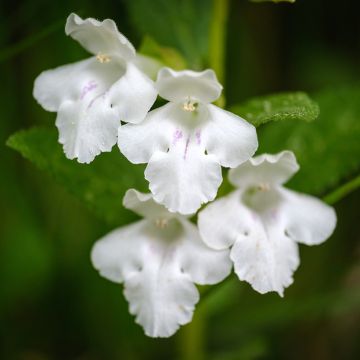
Available in 2 sizes
Available in 1 sizes
Available in 1 sizes
Similar in foliage to White Dead-nettle or Lamium album, of which it is a close relative, Melittis melissophyllum gets its name from its honey-producing properties.
The genus Mellitis should not be confused with melissas! Mellitis is distinguished by its sumptuous white flowers dotted with a pink lip. Robust, they tolerate all types of soil, even limestone, and prefer partially shaded areas of the garden.
In summer, the plant produces some seeds, allowing it to naturalise in gardens, without being invasive. It grows in dry shade, even under conifers.
Haven't found what you were looking for?

































